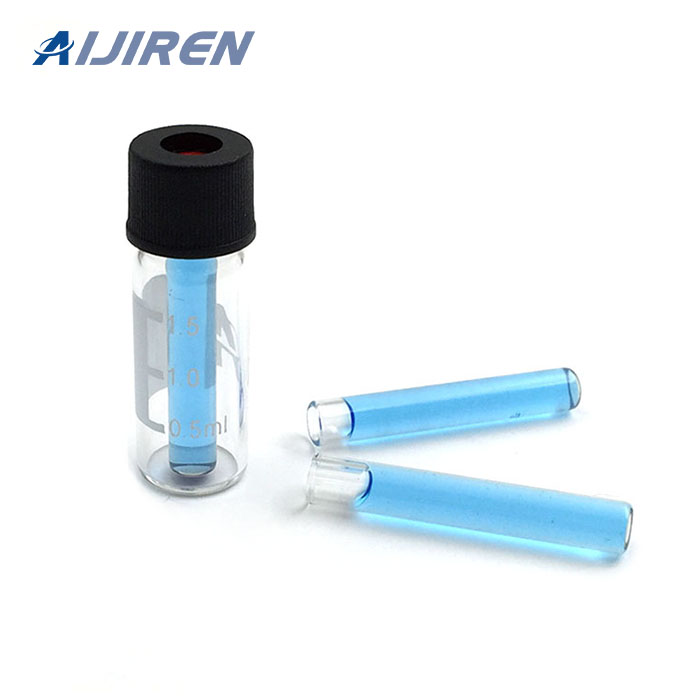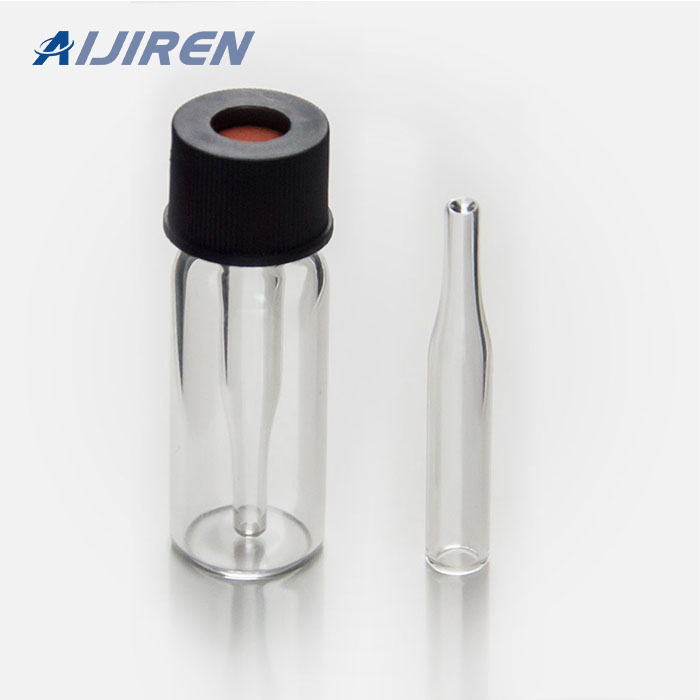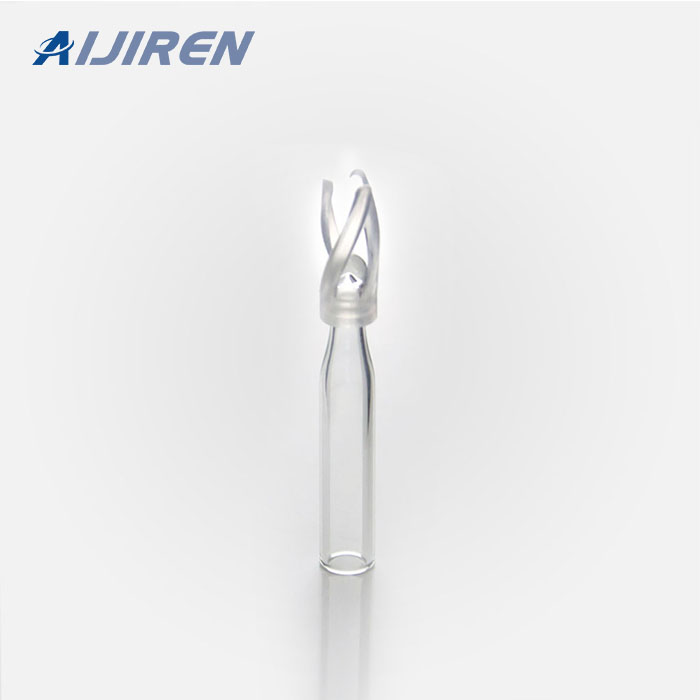





High Performance Liquid Chromatography (HPLC) is an analysis technique used for separation and quantification of small molecules and polymers. HPLC is the method of choice for testing complex mixtures containing non-volatile and semi-volatile organic compounds such as polymer additives , active pharmaceutical ingredients (API’s), and impurities.
EPRUI Biotech Co. Ltd. offers a new generation of reversed phase polymer HPLC packing material. Our polymer chromatography column packing material is made of highly crosslinked monodisperse polymer resins including highly crosslinked polystyrene divinylbenzen, polymethyl methacrylate, copolymers of PS/DVB and PMMA.
HPLC stands for High Performance Liquid Chromatography. Before HPLC was available, LC analysis was carried by gravitational flow of the eluent (the solvent used for LC analysis) thus required several hours for the analysis to be completed. Even the improvements added in later time were able to shorten the analysis time slightly.
mobiw.ru 2009-2020. Сайт Позитива и Хорошего Настроения! Афоризмы, цитаты, высказывания великих людей
Telephone USused TollareFree: 800-955-5090 P.O. Box 54710 • Dubai, UAE Telephone: 770-871-4725 Telephone: 971-4-2045557 In the United States: Email: [email protected] Email: [email protected] For customer service, call 1-800-766-7000 www.fishersci.com To fax an order, use 1-800-926-1166 Authorized Dealers To order online: www.fishersci.com
When working with high performance liquid chromatography (HPLC), good calibration is absolutely essential to ensure reliable, quality results. Proper calibration of an HPLC instrument begins with the making of a suitable calibration standard. In most instances, calibration in fact requires a series of standards of
Microvolume Inserts Description Unit Part No. Microvolume Inserts for Wide Opening Vials Conical Inserts with Polymer Feet 250 µL glass inserts with polymer feet and mandrel interior 100/pk 250 µL deactivated glass inserts with polymer feet and mandrel interior 100/pk 250 µL polypropylene inserts with polymer feet 100/pk
Immediately find HPLC and UHPLC columns for reversed phase, chiral, normal phase, GFC, GPC, ion exchange, HILIC, and SFC using our HPLC product search.
Dec 20, 2007 · HPLC amber vials (wide opening screw top amber vials with write-on spot; Aijiren, cat. no. ) Inserts for HPLC vials (100-μl deactivated glass inserts with polymer feet and mandrel
MARKS PUBLISHED FOR OPPOSITION The following marks are published in compliance with section 12(a) of the Trademark Act of 1946. Applications for the registration of marks in more than one class have been filed as provided in section 30 of said act as amended by Public Law 772, 87th Congress, approved Oct. 9, 1962, 76 Stat. 769.
High-performance liquid chromatography, or HPLC, is a highly versatile technique that separates components of a liquid mixture based on their different interactions with a stationary phase. HPLC is an adaptation of column chromatography. In column chromatography, a column is packed with micro-scale beads called the stationary phase.
Still now, Waters Corporation is the HPLC pioneer, but there are several other companies that manufacture and sell HPLC systems. Technically speaking, the word LC represents all the Liquid Chromatography, including low pressure LC, however most LC systems used these days are HPLC thus often the word LC is used as comparable as HPLC.
Several styles are offered including flat bottom, concial inserts with a top spring or a bottom spring, and concial without springs. Glass inserts are sold in two diameters for 2mL vials; one for standard opening (4.6 mm) vials and another for large opening (6 mm). The volume will vary depending on the length and the style of insert.
HPLC Columns and Cartridges Pre-packed columns, cartridges, and guard columns for separation of biomolecules and organic/inorganic analytes; includes normal/reversed phase HPLC, UHPLC, LC-MS, HILIC, mixed-mode, ion exchange, ligand exchange, and affinity column formats.
The new and improved CG-1167 HPLC Cap system provides the safest and most economical way of storing high performance, low pressure liquid chromatography mobile phase, sparging preventing bubbles from entering the system as well as collecting sample waste.The bottle is blue tinted plastic coated flat
Conical Inserts with Polymer Feet. 250 L glass inserts with polymer feet and mandrel interior 250 L deactivated glass inserts with polymer feet and mandrel interior 250 L polypropylene inserts with polymer feet Conical Glass Inserts. 250 L pulled-point glass inserts Flat Bottom Inserts 250 L pulled-point glass inserts,
Seamlessly scale up your analytical method for robust purification. For prep HPLC columns, one size does not fit all. Whether you need unique chemistries for difficult separations to purify your compound from impurities and side products, robust columns for longer use, or budget-friendly solutions for routine separations, our preparative column portfolio delivers.
The new and improved CG-1167 HPLC Cap system provides the safest and most economical way of storing high performance, low pressure liquid chromatography mobile phase, sparging preventing bubbles from entering the system as well as collecting sample waste.The bottle is blue tinted plastic coated flat
Review Hamilton HPLC column instructions for polymer stationary phases. Download instructions for column installation, column operation, column validation, column maintenance, and prolonging column life.
When working with high performance liquid chromatography (HPLC), good calibration is absolutely essential to ensure reliable, quality results. Proper calibration of an HPLC instrument begins with the making of a suitable calibration standard. In most instances, calibration in fact requires a series of standards of
Jun 20, 2016 · Normal-Phase HPLC The column is filled with tiny silica particles, and a non-polar solvent, for example, hexane. A typical column has an internal diameter of 4.6 mm or smaller and a length of 150 to 250 mm. Non-polar compounds in the mixture will pass more quickly through the column, as polar compounds will stick longer to the polar silica than
mobiw.ru 2009-2020. Сайт Позитива и Хорошего Настроения! Афоризмы, цитаты, высказывания великих людей
HPLC Columns and Cartridges Pre-packed columns, cartridges, and guard columns for separation of biomolecules and organic/inorganic analytes; includes normal/reversed phase HPLC, UHPLC, LC-MS, HILIC, mixed-mode, ion exchange, ligand exchange, and affinity column formats.
Microvolume Inserts Description Unit Part No. Microvolume Inserts for Wide Opening Vials Conical Inserts with Polymer Feet 250 µL glass inserts with polymer feet and mandrel interior 100/pk 250 µL deactivated glass inserts with polymer feet and mandrel interior 100/pk 250 µL polypropylene inserts with polymer feet 100/pk
Telephone USused TollareFree: 800-955-5090 P.O. Box 54710 • Dubai, UAE Telephone: 770-871-4725 Telephone: 971-4-2045557 In the United States: Email: [email protected] Email: [email protected] For customer service, call 1-800-766-7000 www.fishersci.com To fax an order, use 1-800-926-1166 Authorized Dealers To order online: www.fishersci.com
An icon used to represent a menu that can be toggled by interacting with this icon.
This banner text can have markup.. web; books; video; audio; software; images; Toggle navigation
HPLC Standard Operating Procedure Last Revised March, 3, 2016 This document is intended to be a guide for operating the Garner Lab’s HPLC systems and is only intended to provide instructions for users who are already generally familiar with HPLC operation. If
The course will provide exposure to the advances in the field of HPLC to the experienced analyst and both basics and practical aspects to beginners.Wide coverage is given to fundamental concepts of laboratory operations in a lucid manner so that both the novice and expert will find the programme as a useful reference for the day to day laboratory operations.
They have lower internal volume than the standard HPLC columns and thus reduce the solvent consumption by almost 80%. Narrow-bore columns operate at lower flow rates (0.1-0.5 mL/min) with much reduced peak volumes, which results in reduced solvent consumption and increased sensitivity ( 8 - 10 ).